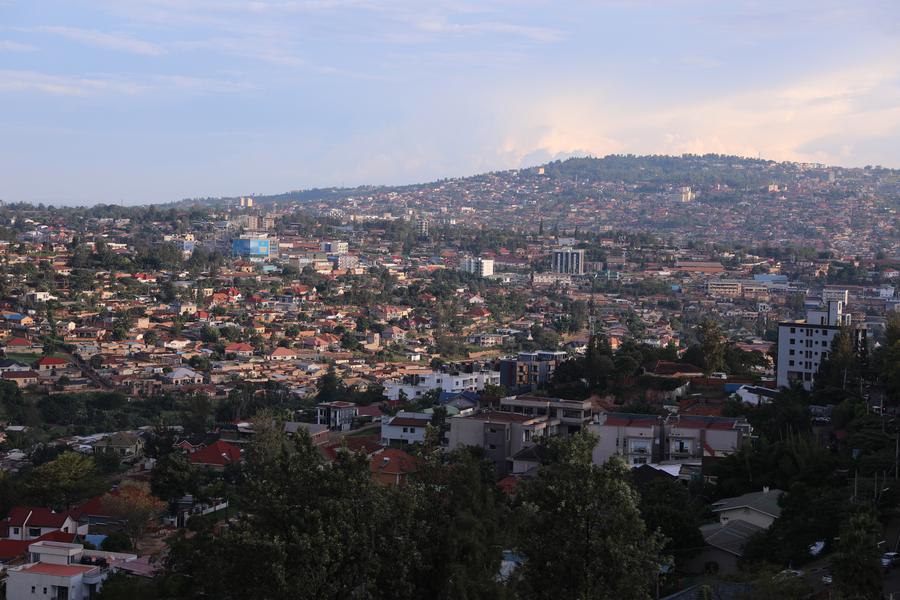Rwanda's rebirth -- a nation of unity emerges from shadow of genocide


KIGALI -- During a ceremony at the Kigali Genocide Memorial on April 7, Rwandan President Paul Kagame and First Lady Jeannette Kagame lit a memorial torch, a flame of remembrance set to burn for 100 days as a solemn tribute to the tragedy that occurred three decades ago.
On April 7, 1994, Rwanda plunged into darkness as nearly 1 million Rwandans, predominantly Tutsis, fell victim to brutality in three months. Hutu militias unleashed a wave of terror, perpetrating beatings, torture, rape, and murder against Tutsi civilians, including numerous women and children.
The genocide, tearing apart communities of Hutus and Tutsis who shared the same language and religion, found its roots in the colonial policies of Western powers. The seeds of division were sown through the colonial scheme of "divide and rule."
WE CAN'T TELL OURSELVES APART
Nestled in the heart of Africa, Rwanda is known as the "land of a thousand hills." Its breathtaking scenery boasts rolling hills adorned with serene lakes and meandering rivers nourishing lush greenery.
The Hutu and Tutsi communities have long coexisted as predominant ethnic groups. The Hutu, primarily agrarian, constitute the majority of the population, while the Tutsi, the sizeable minority, traditionally engage in livestock herding. For generations, the two communities have intermingled, living in mixed settlements and often intermarrying.
"Before the arrival of the colonizers, Rwandans were living in total harmony, where Hutu, Tutsi and Twa each played their role in the society," said Jean-Baptiste Gasominari, a Rwandan political analyst.
Rwanda's fate took a drastic turn with the arrival of European colonizers, first the Germans and later the Belgians, in the late 19th century. Employing the ruse of racial classification, the colonizers shattered the longstanding harmony between the two ethnic groups.
According to the flawed contrivance, Europeans deemed themselves superior to Africans, designating Tutsis, with physical features closer to Europeans, as the "superior race" and enlisting them as proxies for governance.
Western anthropologists, in their quest for categorization and control, scrutinized the skulls, facial features, and body types of the indigenous population. Minute differences, such as the length and width of the nose, were perceived as ethnic markers. Consequently, since 1933, Belgian colonial authorities enforced the divisive labeling of Rwandans as either "Hutu" or "Tutsi" on their identity cards.
"You can't tell us apart, even we can't tell us apart," Laurent Nkongoli, then vice president of the National Assembly, who is Tutsi, told American writer Philip Gourevitch, saying he was treated as "one of them" in a Hutu settlement.
"Hutus and Tutsis were once social classes, but the colonizers transformed these identities into political tools," said Ladislas Ngendahimana, the secretary general of the Rwanda Association of Local Government Authorities.


















